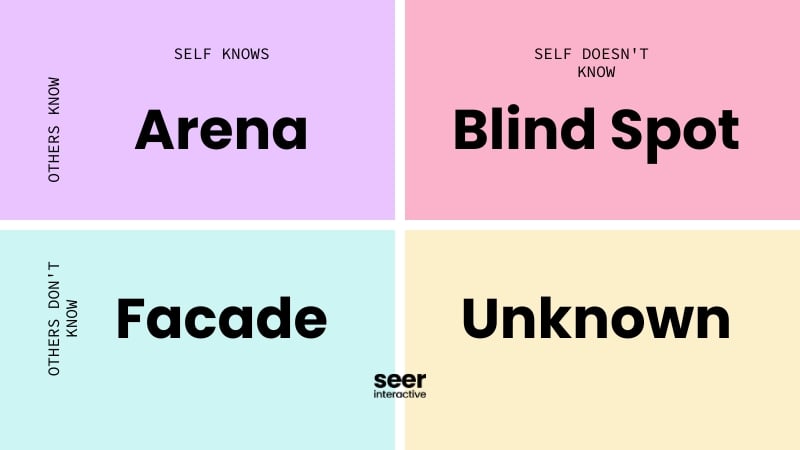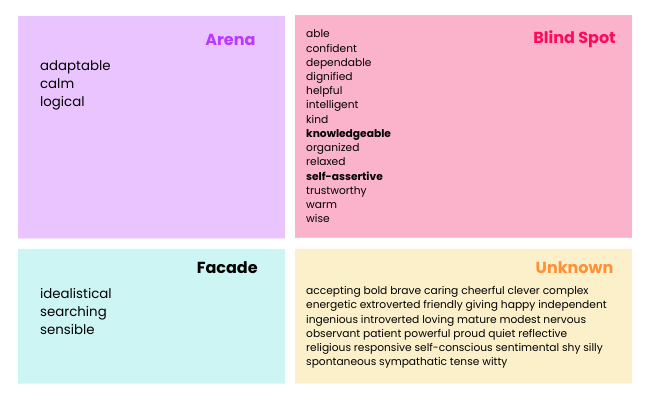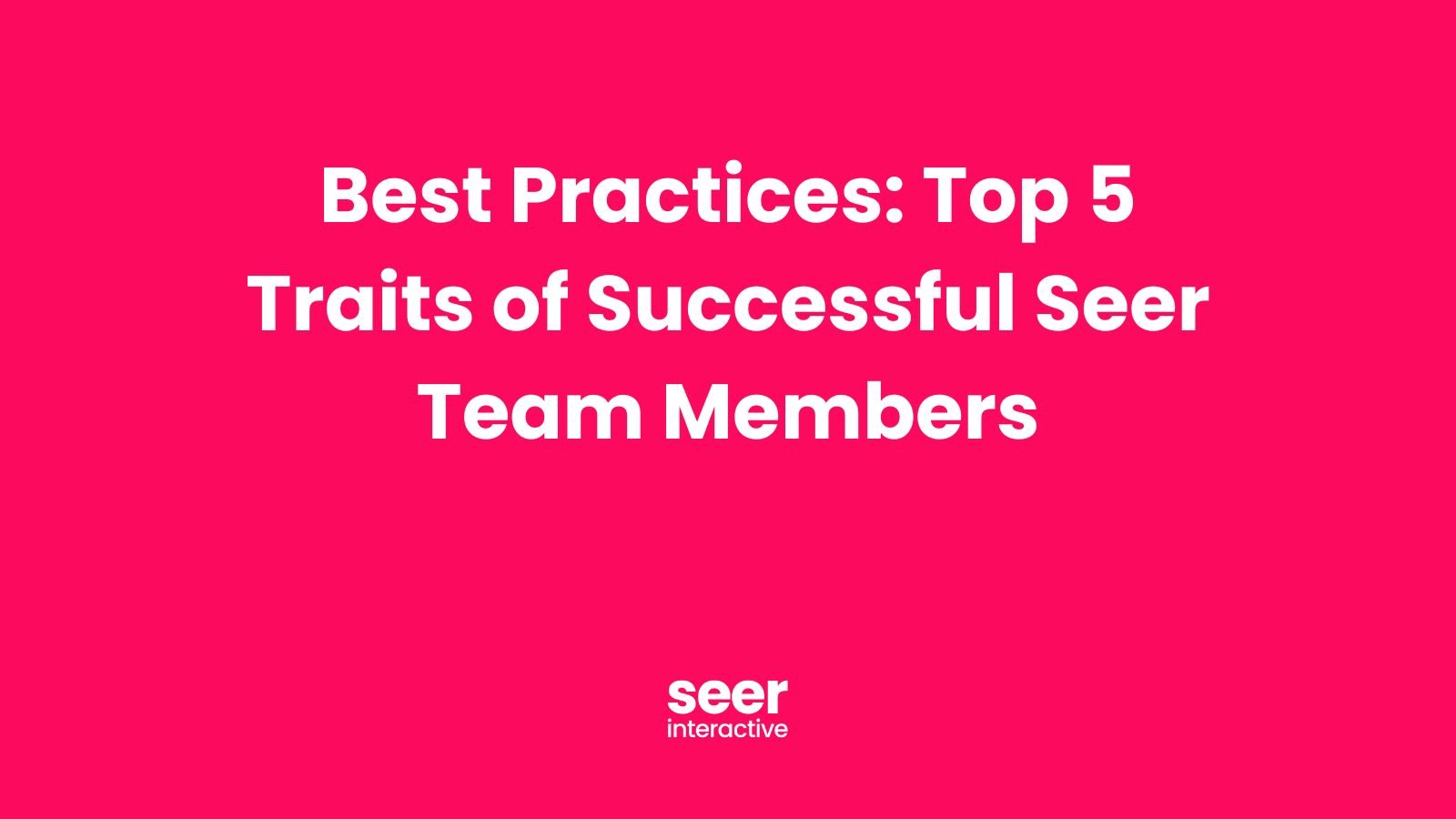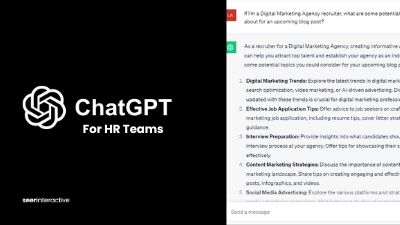Table of Contents
Breaking the Trap with Johari Window Model
Tips to Get the Most Out of Your Experience
Power of a Great 1:1
Any manager or direct report knows the power of a great one-on-one meeting, or the monotony of a dull one. Whether you’re a manager or a support associate, you can supercharge your next one-on-one meeting with a simple exercise: the Johari Window.
One-on-One Trap
At Seer, Account Managers and Associates have weekly one-on-one meetings for each client project. Topics range from weekly task management and delegation, to industry and client business updates, to personal and professional development, and more. For lack of a defined agenda, it’s all too easy to fall into the WWQ trap. Does this “script” feel familiar to you?
- “How was your weekend?”
- “Here’s what we have going on this week…”
- “Let me know if you have any questions!”
Sure, sometimes a short and effective meeting is warranted, and all that you need to set your team up for a productive week. But if you find yourself as a manager guilty of WWQ’ing your reports week after week, then now is a good time to switch it up. If you are reporting to a manager who sounds like the script above, you have an opportunity to show initiative and manage up by bringing a new tool to your next one-on-one meeting. Your manager will thank you later.
Johari Window Model
The Johari Window is a simple technique that allows people to identify their strengths, weaknesses, and blind spots. The exercise works like this:
- A participant selects a set number of adjectives from a list they feel best describe themselves
- The participant then selects, from the same set of adjectives, the characteristics that best describe another person (a manager or report in this case)
Once the adjectives are selected, they are then placed into four buckets, or windows:
- Arena - attributes that you selected for yourself, and other people also selected for you
- Typically a person’s most prevalent or obvious characteristics
- “Everyone knows that I am X…”
- Blind Spot - attributes that others selected for you, but you did not select for yourself
- Subconscious characteristics, or external perceptions that you don’t identify with
- “I didn’t know that I am seen as X…”
- Facade - attributes that you selected for yourself, but others did not select for you
- Characteristics that are not externally present or obvious
- “I feel like X… but I don’t share that”; “You don’t see X in me?”
- Unknown - attributes that neither you nor others selected for you
- Irrelevant characteristics
- “I’m not X…”

Johari Window Examples
You can do this simple exercise in a 30-minute one-on-one meeting, and it can lead to breakthrough conversations and realizations. Here are some examples from my own experience:
Setting the Stage for a Powerful Conversation
I have been managing one team member for over a year and a half, and this person has been a fantastic resource to the team. I can’t say enough about their positive attributes, but I’ve noticed one characteristic that I feel could be holding them back: shyness. Now, I am by no means saying that introversion is bad, but this person has goals of moving into a more client-facing role that would also require managing internal teams.
Throughout our working relationship, we had never confronted this reality head-on, but as a well-intentioned manager, I encouraged this individual to speak up and be confident in their (awesome) work. When we completed the Johari Window exercise, I was nervous to select “introvert” as one of their characteristics - but that’s the point!
When we met to review the results, I was relieved to see that “introvert” appeared in the Arena window, meaning that both of us identified this person as an introvert. This person also self-identified as “shy”, “quiet”, and a few other related characteristics. This stark reality completely shifted the conversation and created an open space for us to speak about their personality, history, and what they’ve been doing on their own to overcome this tendency. It also allowed me as the manager to ask this person what they would like to try to stretch their comfort zone, instead of me making suggestions that might not feel right to them.
This conversation leads to this person taking increased ownership of their personality, which ultimately creates their personal reality. They started owning additional aspects of our client calls, and even running some of our 1:1’s! Goodbye WWQs.
Dispelling Anxiety
When I reviewed the results of my own Johari Window, I was very surprised to see “organized” appear as a Blind Spot (something that I don’t see about myself, but others see in me). I typically describe myself as a big-picture thinker, someone who is more interested in high-level strategies than in execution and follow-through. The organization is often a cause of personal anxiety as well. I haven’t yet to find a consistent time management system and generally struggle with sticking to a detailed project plan.
With that in mind, having multiple people rate me as organized was shocking. After reviewing the results with my team, I realized the obvious truth that no matter how you might feel on the inside, others can only experience your external reality. This was a paradigm-shifting moment for me because most of my organizational anxiety comes from not wanting others to perceive me as disorganized (I actually relish ambiguity sometimes). Through this exercise, I realized that others don’t think I’m disorganized, and I was able to release my negative feelings in this area.
Completed Personal Johari Window Example
This is what my Johari Window looks like when completed by five people. The bold words were selected by more than three people.

Get the Most Out of Your Experience
To get the most out of this experience, I suggest approaching the exercise with an open mind. You don’t know what you don’t know, and often these can be the most powerful nuggets of wisdom that propel your life and career to new heights. I also suggest having multiple people fill out your Johari Window. This way, you’re able to identify characteristics that appear more than once and identify any outliers. More data is better than less data, this is the Seer Blog after all! Finally, assume positive intentions when selecting adjectives.
To complete the Johari Window for free online, visit this link (just don’t blame me for the awkward web design).

